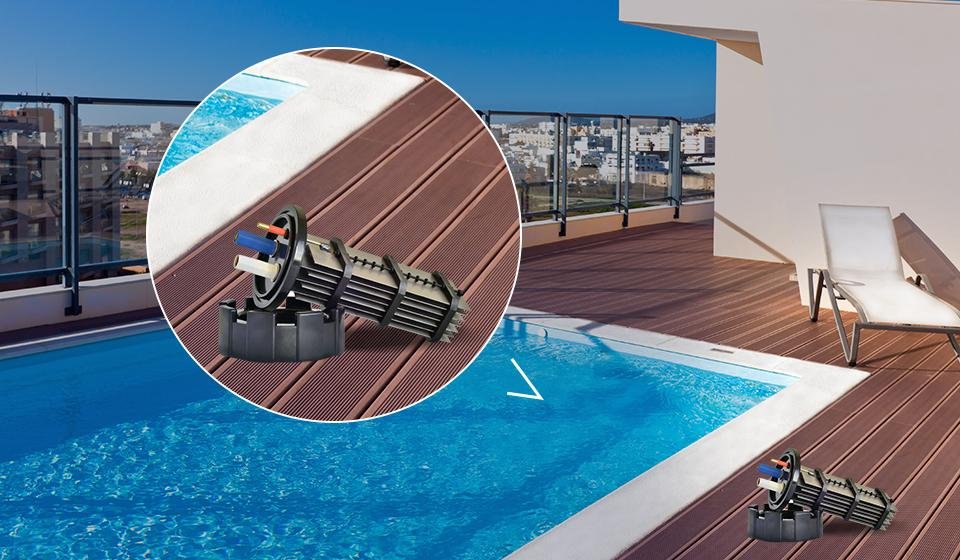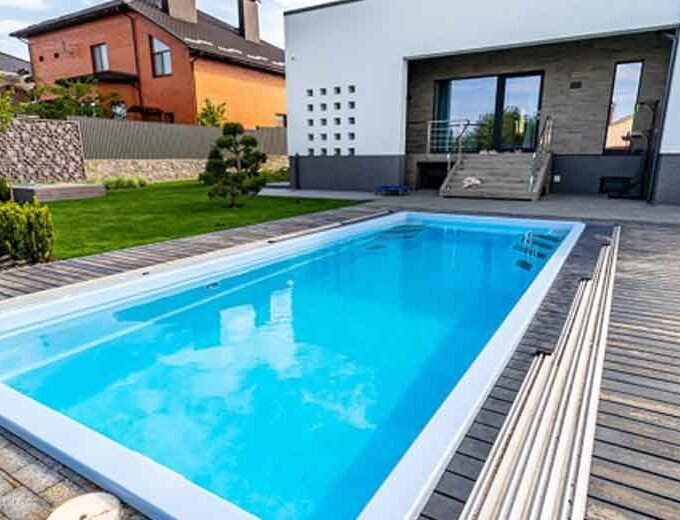An intense storm can cause a mess in your swimming pool by bringing in debris, altering the water chemistry, and possibly discolouring the water. Proper cleaning and maintenance are required to restore your pool to its pre-storm condition. Follow these key steps to get your pool sparkling again after stormy weather.
Clear Debris
The first step is to remove any debris that has blown or washed into the pool. Carefully scoop out any leaves, dirt, sticks, or other material with a hand net. Vacuum any smaller debris on the floor with your pool vacuum. Empty all skimmer and pump baskets to clear out the collected materials. Removing debris restores clarity and ensures your filter system functions optimally.
Test and Balance Water Chemistry
After a storm, water chemistry often gets out of balance. Use test strips or a kit to check chlorine, pH, alkalinity, calcium hardness, and cyanuric acid levels, if applicable. Record the results. Based on the measurements, add pH increaser/reducer, chlorine, alkalinity control chemicals, and calcium hardness boosters as needed to restore proper balance.
Shock the Pool
After a storm, it’s a good idea to give your pool an extra dose of chlorine, which is often called “superchlorination” or “shocking.” The storm can make your pool water dirty, so this extra chlorine helps get rid of germs and yucky stuff. Just follow the instructions on the chlorine product that match the size of your pool. Usually, doing this shock treatment once might be enough, but keep an eye on the water quality for about a week, and if needed, do another shock. It’s best to wait until the pool water is back to normal before going for a swim.
Clean The Filter
A dirty filter cannot properly clean the pool water. After significant weather, thoroughly clean out your pool’s filter system. With a cartridge filter, remove the cartridge and rinse away debris. For sand or DE filters, backwash the system. Reset the filter and run it daily until the water appears clear and sparkling again. A clean filter improves circulation and water clarity.
Pay Special Attention to the Salt Water Chlorinator
For saltwater pools, inspect the chlorinator cell for any storm damage and clean out any debris clogging the system. Ensure the unit is operating properly to maintain adequate chlorine levels after the storm.
Make Repairs
Inspect the pool and equipment for any damage after a major storm or flood. Look for cracks or leaks in the pool shell, broken railings or tiles, safety barrier damage, and any issues with ladders or steps. Check the pool pump, filter, electrical systems, and any solar heating for proper operation. Make all needed repairs before regular use of the pool resumes.
Wrapping Up
With this comprehensive cleaning routine, you can restore safety and enjoyment to your pool after turbulent weather. Keeping a close eye on water quality, filtration, and other issues allows you to rectify any problems earlier while ensuring your pool is safe, sanitary, and ready for summertime fun.
















